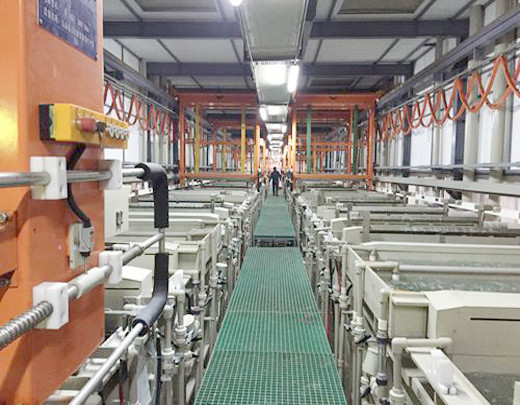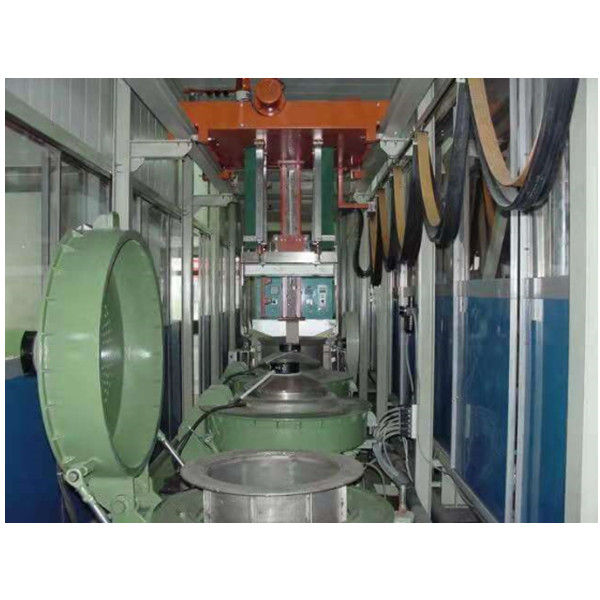In terms of the relative arrangement and different operation modes of plated parts, anodes, chemical and bath, the most commonly used production equipment for electroplating is the fixed plating tank. However, various alternative methods have also been applied and developed. Various equipment for part movement (such as swing stirring, continuous electroplating wire and plate, automata, etc.), plating bath movement (such as barrel plating), plating solution movement (spraying, rapid plating, etc.), anode movement (brush plating, etc.) are currently in use.
In terms of process, the sequence of degrease, weak corrosion, electroplating, drying and cleaning has become a routine basic operation. But in fact, it is often necessary to make supplements, transportation and changes according to different situations, otherwise it is difficult to adapt to the wide variety of products.
There are six main types of electroplating process:
1. Fix plating bath:
The electroplating solution is put in a fixed plating bath, the plated parts are immersed, face the anode, and rely on the hanger for conducting and fixing to power on. It should be said that it is the traditional and most widely used method. The advantages of fixed plating bath are less equipment investment, unlimited shape, size and quantity of plating parts, and easy monitoring and maintenance. The fixed tank can be added with stirring or continuous filtration. Power and current waveforms can be selected according to needs, but it is not easy to use high current density.
2.Barrel plating:
It is suitable for processing a large number of small parts. It is generally divided into separate barrel plating machine and combined flow line. The latter drum is immersed in the tank and is used a lot in the automatic line with the movement. Small parts contact and rub with each other during rolling, and the current is conducted from the bus bar or tank body. The anode can be placed in the drum or outside the tank. This scheme has high production efficiency, has a certain polishing effect on parts during rolling, and there is less difference in coating thickness between parts. However, it is difficult to carry out local electroplating and high-speed electroplating in this way.
3.Brush plating:
Coat the anode surface with soft porous materials that can absorb plating solution, such as cotton cloth or other fiber products, apply current and rub on the plated surface, or coat the friction surface area. This method has been used to repair local coating defects. Later, it was transformed into a brush that can store plating solution to solve the electroplating of large parts that are not easy to move, such as buildings, and repair worn parts. When plating inner and outer circular surfaces, with the cooperation of rotating machine tool, high plating speed can be obtained by using concentrated plating solution and high current. This method is simple and flexible, with little investment, and is more suitable for a small number of large components or outdoor buildings. When smaller parts can make it rotate, thick plating at a higher speed can be carried out conveniently, but the quality of the coating is often related to the operation skills.
4.High speed electroplating:
Due to the obvious effect of saving man hour cost, various high-speed electroplating methods have emerged one after another in recent years. Among them, the local selective plating of precious metals on small parts, especially electrical parts, has developed the fastest in recent years. Through the movement of parts and the use of forced convection or jet to make the plating solution flow at a high speed to carry a strong current of up to hundreds of AMPS per square decimeter, a very high plating speed can be achieved. The assembly line that makes the parts move quickly, supplemented by appropriate shielding or only local spraying, is very suitable for local electroplating of a large number of small parts, and can save a lot of labor for local insulation work. Partial selective plating can save more than 90% of precious metals for plating precious metals, such as electrical connectors.
5.Reel to reel electroplating:
At present, pre plated plates and wires have been very popular in many large-scale production, such as construction, automobile and equipment manufacturing. Plate and wire can be rolled continuously due to their single shape. It is very suitable for the process with high allowable limit current density and not necessarily good dispersion capacity. At present, this processing method is often combined with precoating, polishing and painting. In this way, a large number of prefabricated materials can be produced in a very short time, which saves a lot of man hours required for coating after the combination of these materials, and the quality is greatly improved.
6.Special process:
In order to meet the needs of products changing with each passing day, many novel processes have been developed in recent years. For example, the use of micro tip droplets, jet flow, roller printing, colloidal or gel plating, laser initiation, photochemical process and so on. Most of these processes have special application fields, but the new process concept has been gradually introduced into the conventional process.




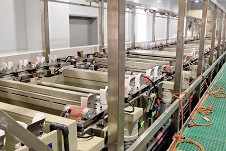
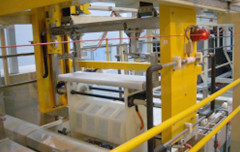
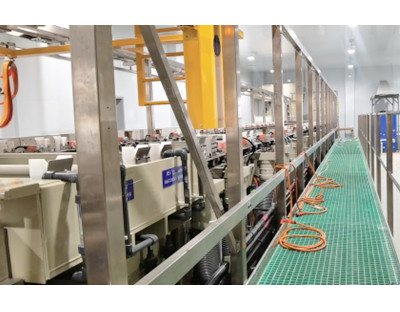
 Mar. 07, 2022
Mar. 07, 2022 